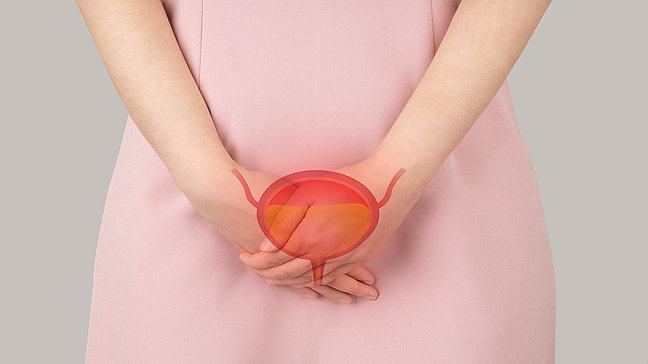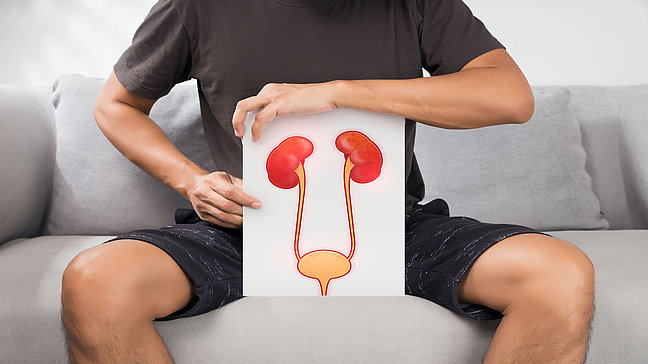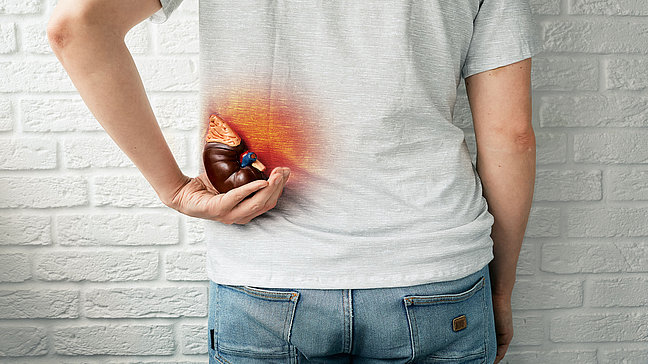
Injury of the urinary tract
Causes of urinary tract injuries
Injuries to the urinary tract are usually caused by external or internal influences. The most common causes include:
- Accidents or trauma: Blunt or penetrating injuries to the abdominal or pelvic area, e.g., from car accidents, falls, or sports injuries, can damage the urinary tract.
- Medical procedures: Urinary catheterization, cystoscopy, or surgical procedures near the urinary tract can lead to accidental injuries.
- Urinary stones or tumors: These can cause mechanical damage or tears in the urethra or bladder.
Symptoms of urinary tract injuries
The symptoms depend on the type and location of the injury. The most common signs include:
- Blood in the urine (Hematuria): A typical symptom indicating an injury to the urinary tract, especially in cases of kidney or bladder injuries.
- Pain in the abdominal or pelvic area: Severe pain, especially after trauma or an accident.
- Difficulty urinating: Delayed or painful urine flow, or inability to urinate (urinary retention).
- Swelling or bruising in the genital or groin area: Especially in cases of urethral or bladder injuries.
Diagnosis of urinary tract injuries
The diagnosis usually begins with a physical examination and medical history, especially in patients who show symptoms after an accident or trauma. Specific diagnostic procedures include:
- Urinalysis: To determine the presence of blood in the urine.
- Imaging techniques: Ultrasound, CT scan, or X-rays can be used to determine the location and severity of the injury. Specific examinations such as retrograde urethrography (X-ray of the urethra) or cystography (X-ray of the bladder) may also be required.
- Cystoscopy: An endoscopy of the bladder and urethra can be performed to visually inspect and assess injuries.
Treatment options for urinary tract injuries
The treatment depends on the severity of the injury and the affected areas:
- Conservative treatment: For minor injuries, such as bleeding from a catheter or small urethral injuries, observation, pain management, and catheter insertion are often sufficient to support the healing process.
- Surgical repair: In more severe cases, such as bladder ruptures or urethral tears, surgery may be necessary to repair the injury and restore urine flow.
- Drainage and catheter: In cases of urinary retention or injuries leading to urine accumulation in the tissue, a catheter or drainage may be placed to ensure urine flow and prevent infections.
Preventive measures for urinary tract injuries
To prevent injuries to the urinary tract, catheters and other medical instruments should be used carefully and under sterile conditions. During sports activities, protective measures should be taken to avoid injuries in the pelvic and abdominal areas. Regular examinations can help reduce the risk of complications in existing urinary tract diseases such as urinary stones.



